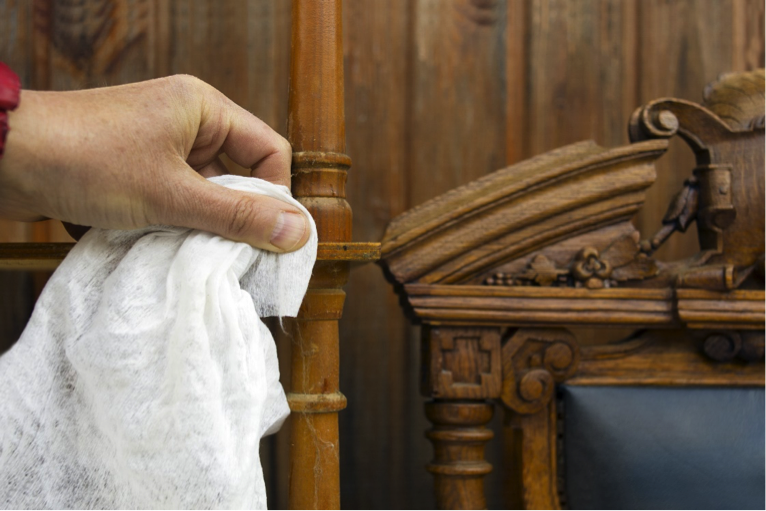A Guide to Caring for Your Antique Furniture
 If you own antique furniture, you know your pieces need more attention and care than your average furniture. The best way to care for your antique furniture and ensure that it stays safe is through planned preservation. By caring for your antique wood furniture before problems arise, you’ll save on refinishing and repair costs and keep your home looking beautiful.
If you own antique furniture, you know your pieces need more attention and care than your average furniture. The best way to care for your antique furniture and ensure that it stays safe is through planned preservation. By caring for your antique wood furniture before problems arise, you’ll save on refinishing and repair costs and keep your home looking beautiful.
Keep Your Temperature Consistent
Your antique furniture is best maintained between 68 and 75-degrees Fahrenheit. Too cold of an environment can make wood brittle, and other antique materials can buckle or crack. If your space is too hot, you can create unwanted humidity and cause warping. Remember this when storing antiques in less regulated environments, like an attic, unfinished basement, or storage unit.
Monitor Your Home’s Humidity
Antique furniture is very sensitive to humidity and must be kept within a tight range for safety. To ensure optimal care of your antique wood furniture, move pieces away from vents and keep your humidity percentage between 35 and 65 percent if possible. This ideal range will prevent mold growth and wood shrinkage, brittleness, and warping.
Reduce Exposure to UV Light
Ultraviolet (UV) light is a term we’ve grown accustomed to hearing about sunburn and eye glare, but it can also damage your antique furniture. UV light causes discoloration to antique furniture, damaging the wood significantly. You can install curtains or blinds to block the sun, but some UV rays may still come through. You can purchase UV-resistant window film, which blocks 99.9% of all UV rays. Installing film still gives you natural light and reduces temperatures, as a bonus.
Clean Carefully and Often
You may already be cleaning your antique furniture with a feather duster or rag, but you may want to check what material you’re using. Feather dusters can become abrasive over time and aren’t efficient at picking up dust. An everyday rag could also have particle build-up that’s scratching the surface of your furniture. A soft cotton flannel cloth is an alternative option that locks in dust and won’t damage antique wood furniture while cleaning it. Try dampening it slightly with water and drying your furniture immediately afterward.
Leave Repair and Restoration to the Professionals
Taking care of your antique furniture with the following methods will hopefully ensure you won’t need repair or restoration. However, if you do, it’s best to entrust it to antique furniture professionals at Aaron’s Touch Up. Attempting a DIY repair could result in you damaging the antique you’ve worked so hard to maintain, so be sure to call the pros when it’s time to restore.
